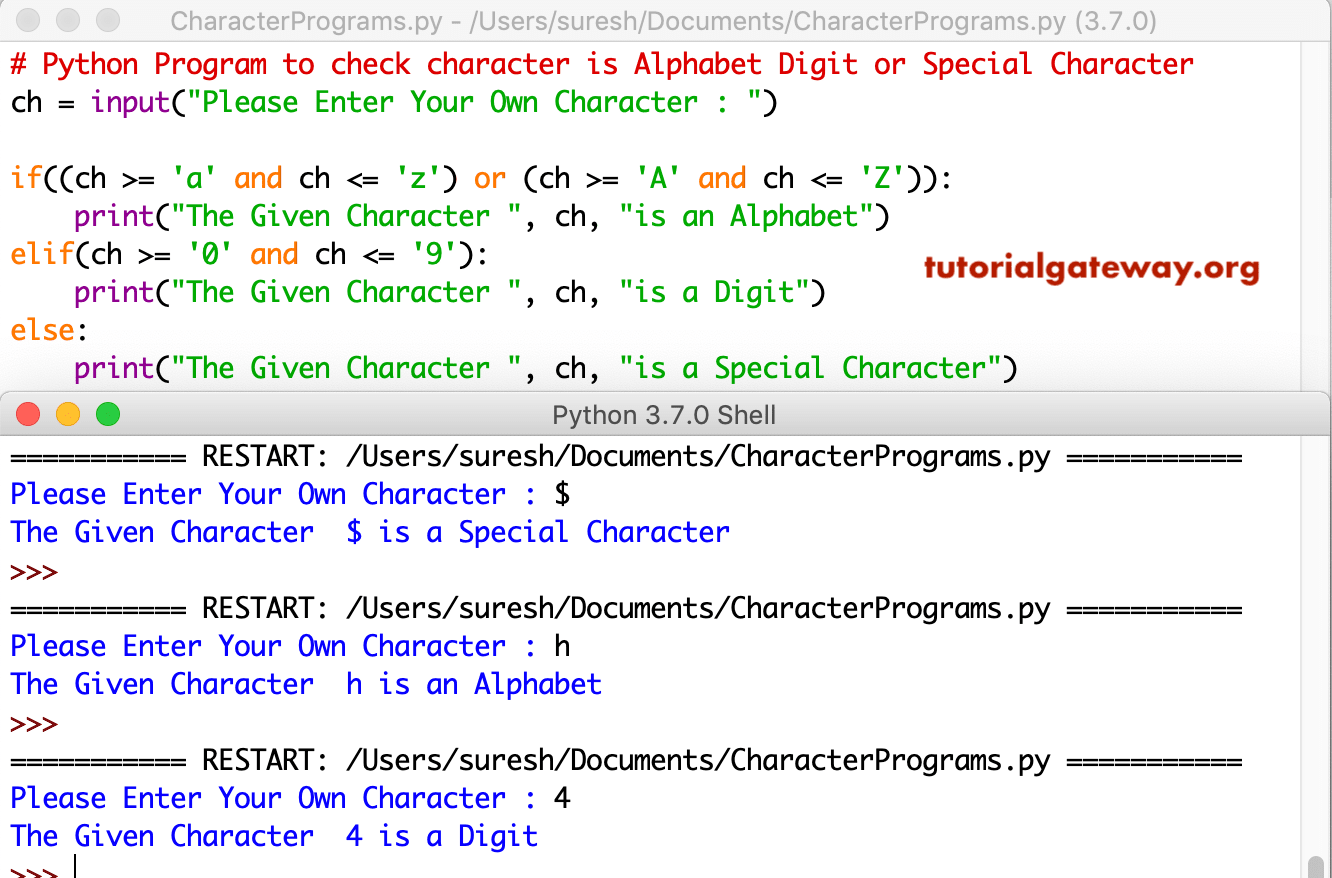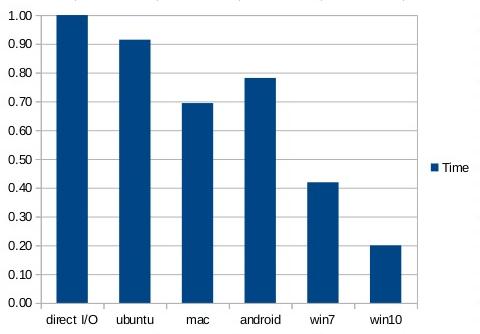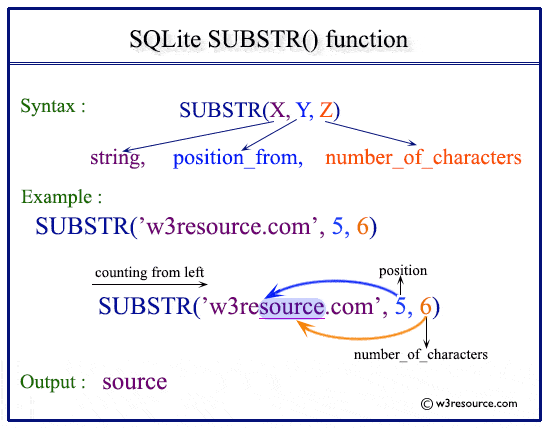

- Sqlite regex less than 10 how to#
- Sqlite regex less than 10 install#
- Sqlite regex less than 10 download#
Download a file, run one database command and you are good to go.

Unlike other DBMS, adding extensions to SQLite is a breeze. However, you can easily enable them using the sqlean-regexp extension. x? matches an optional x character (in other words, it matches an x zero or one times). SQLite does not support regular expressions by default.select from mytable WHERE mycolumn is not NULL and mycolumn regexp('Word.
Sqlite regex less than 10 install#
We can get the value of what matched by using the groups() method of the object returned by re.search. I know that in order for using a regular expression with SQLite, I need to install a module for regular expressions as described on this answer.
Sqlite regex less than 10 how to#
This constraint arises from the fact that numbers do not sort in lexicographical order. How to use REGEXP in SQLite3 to extract matched string (as a column value) 0. The right-hand side pattern argument does not begin with a minus sign ("-") or a digit. open sqlite3.exe : Step 2) Open the database TutorialsSampleDB.db by the following command: Now you are ready to run any query and try any queries used in the following sections. The left-hand side of the LIKE or GLOB operator is the name of an indexed column with TEXT affinity, or Step 1) In this step, Open My Computer and navigate to the following directory C:\sqlite and then.

All of the above can use a trigram index.

A peculiar blend of LIKE and regular expressions. The right-hand side of the LIKE or GLOB must be either a string literal or a parameter bound to a string literal that does not begin with a wildcard character. (regular expression match) is powerful but more complex and may be slow for anything more than basic expressions.LIKE/ GLOB on the other hand can take advantage of indexes for prefix queries provided that some additional conditions are met: Note that with the function the regular expression comes first, but with the operator it comes second. As others pointed out already, REGEXP calls a user defined function which must first be defined and loaded into the the database. By registering this function, SQLite will also then implement the 'B regexp A' operator. Also note that not all installations of sqlite have a regexp function defined so using it (or the REGEXP operator) is not very portable. It registers a single function named 'regexp(A,B)' where A is the regular expression and B is the string to be matched. x REGEXP y is simply a function call it's equivalent to regexp(x,y).


 0 kommentar(er)
0 kommentar(er)
